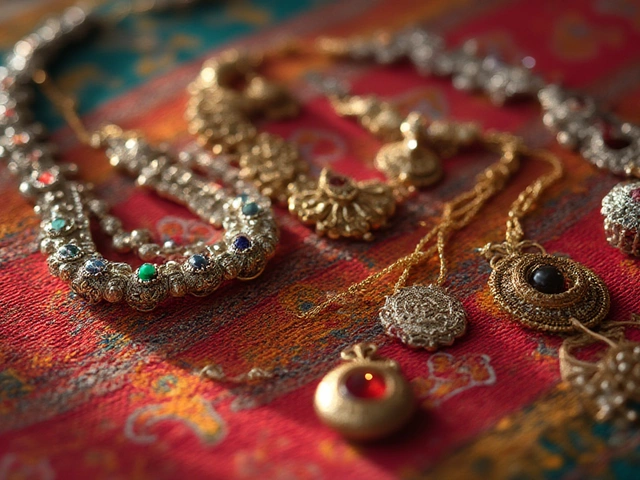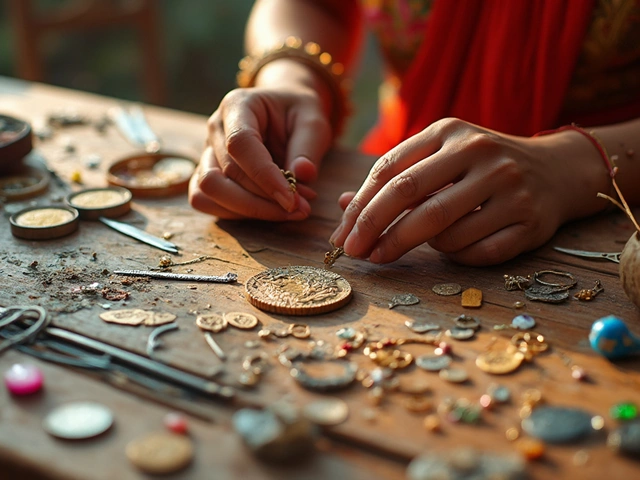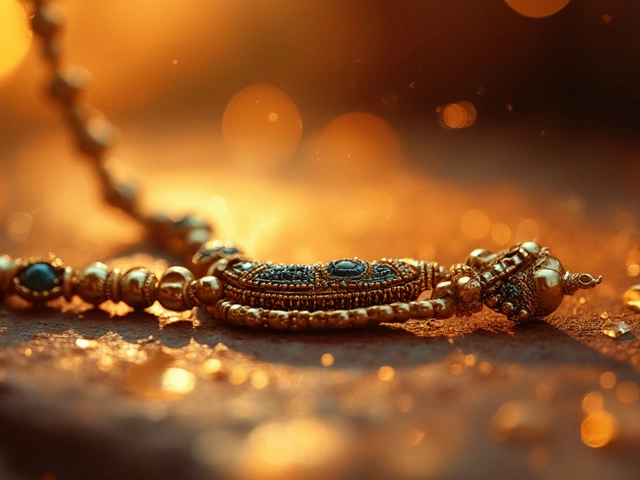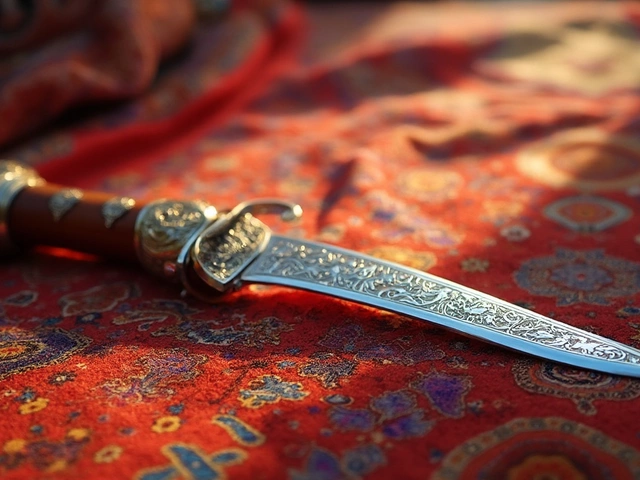Non‑Sikh Carrying Kirpan: What You Need to Know
If you’ve ever seen someone wearing a small curved blade and wondered why they’re not Sikh, you’re not alone. A kirpan is a traditional Sikh dagger, but many non‑Sikhs wear or carry it for different reasons – fashion, solidarity, or even as a gift. Below we break down why it happens, what the law says, and how to handle it without causing a stir.
Why a Non‑Sikh Might Carry a Kirpan
First, the why. Some people receive a kirpan as a family heirloom, especially in mixed‑religion households where one partner is Sikh. Others love the look – the sleek metal curves pair well with ethnic wear or a modern street style. A growing number of allies wear it to show support for Sikh rights after hearing about discrimination incidents. Finally, a few carry it for personal safety, believing the small blade can deter a mugger.
Legal Rules in India
India’s Constitution protects religious freedom, so Sikhs can wear a kirpan in public. For non‑Sikhs, the law isn’t as clear‑cut. Generally, carrying any blade longer than three inches needs a valid reason and may attract police attention. If you’re not Sikh, you should treat the kirpan as a decorative piece, not a weapon. Keep it sheathed, under a jacket, or in a bag when you’re in a crowded place like a market or train station. If you’re asked by security, explain it’s a cultural accessory and show the sheath – most people understand when you’re respectful.
Some workplaces and schools have strict metal‑object policies. In those cases, it’s safer to leave the kirpan at home or store it in a locked drawer. If you’re traveling abroad, check the destination’s weapon rules – many countries ban even small ceremonial knives.
One practical tip: always carry the original certificate or a note from the seller confirming its cultural purpose. A simple slip of paper can make a big difference if you’re stopped at a security check.
Now, how to wear it without offending anyone. If you’re attending a Sikh ceremony, it’s respectful to keep the kirpan hidden unless you’re specifically invited to display it. When you’re just out for coffee, a discreet sheath under your shirt works fine. Avoid flashing it in a way that looks like a threat – the aim is to honor tradition, not intimidate.
Many non‑Sikhs wonder if they should get a kirpan made specially for them. The answer depends on intent. If you’re buying a replica for fashion, choose a lightweight, non‑sharp version. Some jewelers sell “kirpan pendants” that look authentic but can’t be used as a blade. This solves the style issue while staying on the safe side of the law.
Respect goes both ways. If you’re invited to a Sikh family’s home, they might offer you a kirpan as a sign of welcome. Accept it politely, keep it sheathed, and ask if they want you to wear it during the ceremony. If you decline, a simple “I’m not comfortable wearing a blade” works – most families understand and won’t be offended.
Bottom line: carrying a kirpan as a non‑Sikh is okay if you treat it like a cultural symbol, keep it sheathed, and respect local regulations. Being open, honest, and humble will keep you out of trouble and show genuine appreciation for Sikh heritage.
Understanding Kirpan: Can Non-Sikhs Wear It?
The kirpan, a ceremonial dagger, is an important symbol of faith for Sikhs around the world. While it is traditionally worn by baptized Sikhs, questions arise about whether non-Sikhs can wear the kirpan. This article explores the religious and cultural nuances surrounding the kirpan, offering insights into its historical significance and the perspective of Sikh communities. Find out what considerations and legal aspects come into play for those outside the Sikh faith interested in carrying a kirpan.





